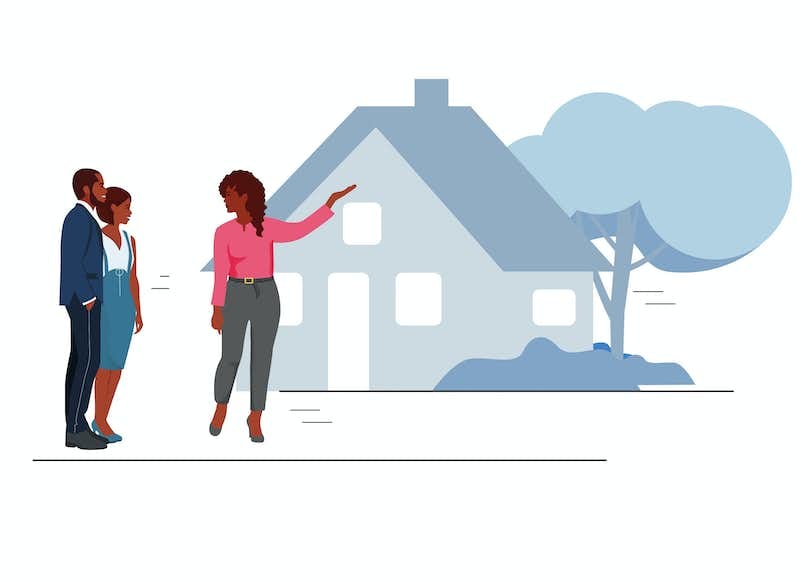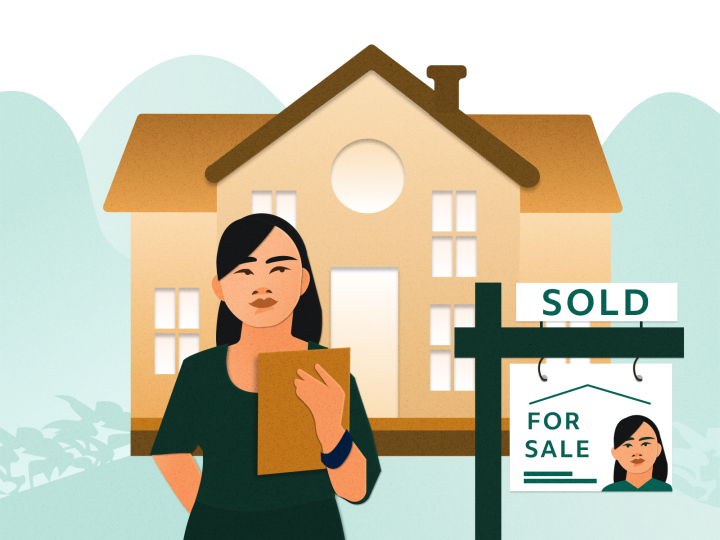Quinn Realty and Property Management Provider Tailored to Your Demands
Quinn Realty and Property Management Provider Tailored to Your Demands
Blog Article
Optimizing Residential Or Commercial Property Administration Workflow for Long-Term Profitability and Tenant Retention

Effective Interaction Strategies
Efficient interaction is extremely important in enhancing building monitoring procedures. Efficient and clear communication makes sure that all stakeholders, consisting of homeowner, lessees, upkeep team, and administration, are on the exact same page, causing smoother operations and raised tenant complete satisfaction. One vital element of effective communication is setting clear assumptions from the get go. Residential or commercial property managers need to plainly describe lease terms, maintenance procedures, and interaction networks to prevent misunderstandings down the line.
Utilizing modern technology can likewise considerably boost communication efficiency in home administration. Implementing residential property management software that enables for real-time updates, automated notices, and very easy documentation can streamline communication processes and boost general functional effectiveness. In addition, routine communication via numerous channels such as email, telephone call, and in-person meetings can help cultivate favorable partnerships with occupants and address any kind of issues promptly.
Technology Combination for Maintenance
In the world of home monitoring optimization, an essential part that enhances operational effectiveness and upkeep procedures is the combination of innovation for simplifying maintenance jobs. By including innovation into maintenance operations, property supervisors can profit from improved work order administration, proactive upkeep organizing, and boosted interaction with maintenance groups and occupants.
One considerable advantage of innovation assimilation in upkeep is the ability to systematize work orders and track maintenance requests digitally. This streamlines the process of receiving, appointing, and finishing maintenance jobs, resulting in quicker action times and raised occupant fulfillment. Furthermore, anticipating upkeep technologies can assist in determining possible problems before they rise, lowering the likelihood of costly repair services and lessening downtime.

Data-Driven Choice Making
Making use of data-driven insights empowers residential property supervisors to make enlightened choices that maximize operational performance and make best use of property efficiency. Quinn Realty and Property Management. By leveraging data analytics tools and innovations, building supervisors can draw out useful info from numerous resources such as occupant responses, upkeep records, and market patterns. This data can offer important understandings into lessee preferences, functional traffic jams, and cost-saving possibilities
Data-driven decision-making allows residential property managers to determine patterns and fads that may not be apparent with typical monitoring. Analyzing upkeep information might disclose repeating problems in particular systems, allowing managers to proactively deal with underlying issues and protect against future pricey fixings. By keeping an eye on lessee fulfillment metrics and lease renewal prices, residential or commercial property supervisors can tailor their solutions to fulfill renter assumptions, inevitably boosting tenant retention and long-term earnings.
Additionally, data-driven insights can additionally inform critical investment choices by highlighting areas for renovation or growth based upon market need and efficiency metrics. Generally, integrating data-driven decision-making processes right into home monitoring operations can lead to much more efficient resource appropriation, improved lessee contentment, and enhanced productivity in the future.
Renter Satisfaction Initiatives
Attracting insights from data-driven decision-making, building supervisors can carry out targeted tenant fulfillment efforts to improve general leasing experiences and foster lasting tenant connections. By comprehending renter preferences and pain points, residential or commercial property supervisors can tailor their solutions to satisfy the particular needs of their lessees, ultimately causing greater contentment degrees and raised renter retention rates.
One efficient lessee satisfaction effort is to develop clear lines of communication with occupants to address any problems immediately. Normal responses studies can additionally offer useful insights into lessee satisfaction degrees and locations for improvement. Home managers can use this comments to make needed changes and show lessees you can look here that their point of views are valued.

In addition, arranging community events and amenities that deal with the interests of tenants can produce a feeling of belonging and boost general satisfaction. By fostering a appealing and favorable area environment, residential property supervisors can strengthen tenant connections and urge long-lasting leases, ultimately enhancing success and occupant retention over time.
Streamlining Operational Processes
Efficiency is extremely important in home administration, demanding the optimization of functional procedures to improve performance and take full advantage of resources. Enhancing operational processes entails determining areas for improvement, getting rid of redundancies, and applying systems that improve overall effectiveness. One vital aspect of streamlining functional procedures is the combination of technology options such as home administration software application, which can automate jobs, simplify communication, and give real-time information understandings. By digitizing processes like upkeep requests, rent out collection, and lease revivals, residential or commercial property managers can save time, lower mistakes, and improve lessee contentment.
Moreover, applying standard procedures and process can assist create consistency throughout residential or commercial properties, minimize confusion, and enhance everyday procedures. Consistently reviewing discover this and optimizing these processes is important to adjust to transforming market problems, occupant needs, and governing requirements. By constantly seeking means to streamline operational procedures, residential or commercial property supervisors can not only raise their very own performance however also deliver better solutions to occupants, eventually resulting in long-lasting profitability and renter retention.
Final Thought
Finally, maximizing property administration procedures through efficient communication, technology assimilation, data-driven choice production, tenant contentment initiatives, and streamlining processes is vital for long-term productivity and renter retention. By executing these techniques, home managers can boost functional effectiveness, reduce prices, and boost tenant fulfillment, inevitably leading to boosted success and tenant commitment. It is critical for residential property administration companies to constantly examine and readjust their procedures to meet the evolving needs of both tenants and the market.
Reliable and clear interaction makes certain that all stakeholders, consisting of property proprietors, renters, maintenance team, and monitoring, are on the exact same web page, leading to smoother operations and increased tenant fulfillment - Quinn her latest blog Realty and Property Management. By monitoring renter satisfaction metrics and lease revival prices, residential property supervisors can tailor their services to meet occupant assumptions, inevitably boosting renter retention and lasting productivity
By constantly seeking ways to enhance operational processes, property managers can not only enhance their very own performance but also supply much better solutions to tenants, ultimately leading to long-term productivity and renter retention.
In conclusion, enhancing residential property administration operations with effective interaction, modern technology integration, data-driven decision production, renter satisfaction campaigns, and improving procedures is crucial for long-lasting productivity and tenant retention (Quinn Realty and Property Management). By executing these techniques, residential property supervisors can boost functional performance, reduce prices, and improve tenant satisfaction, inevitably leading to raised profitability and occupant loyalty
Report this page